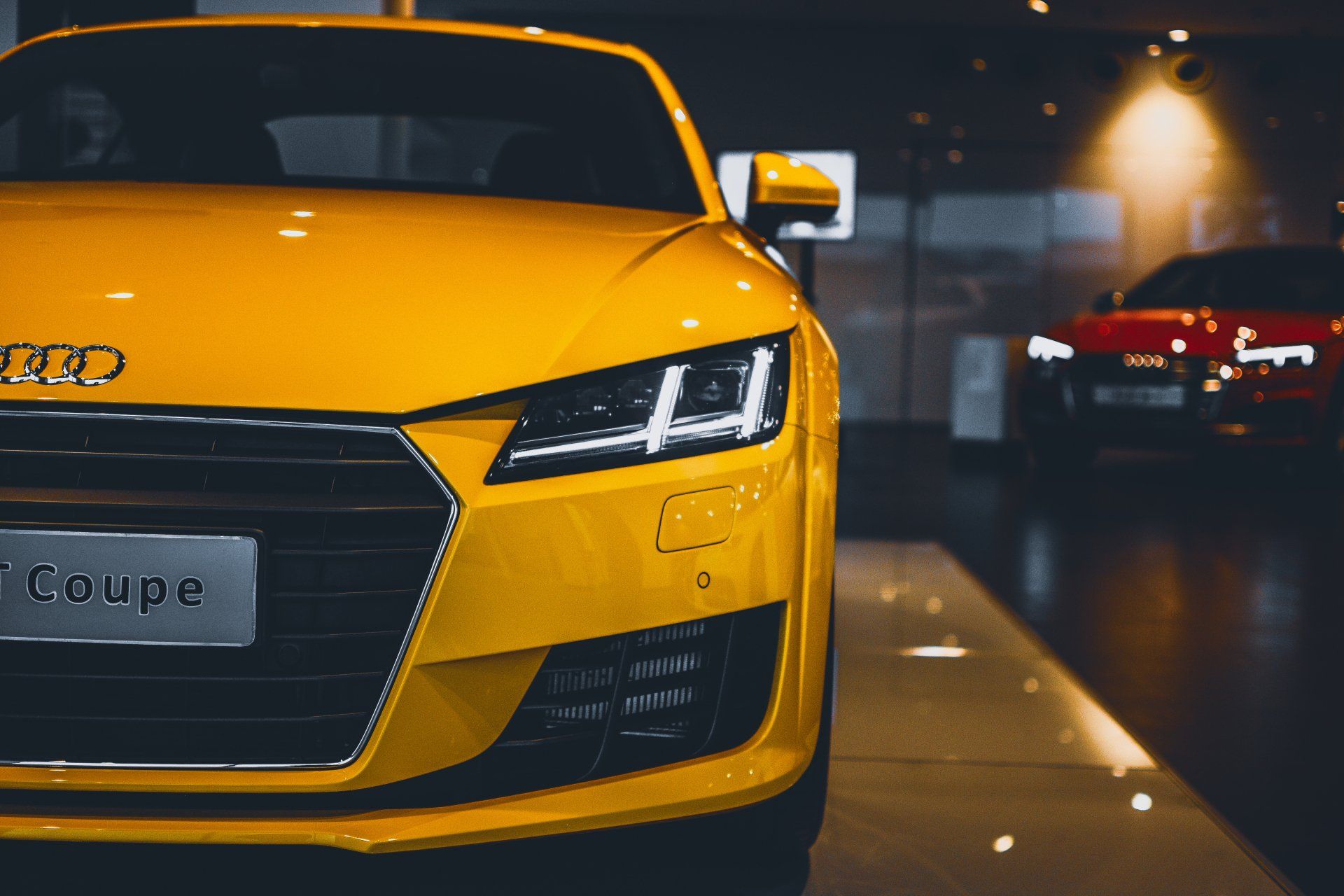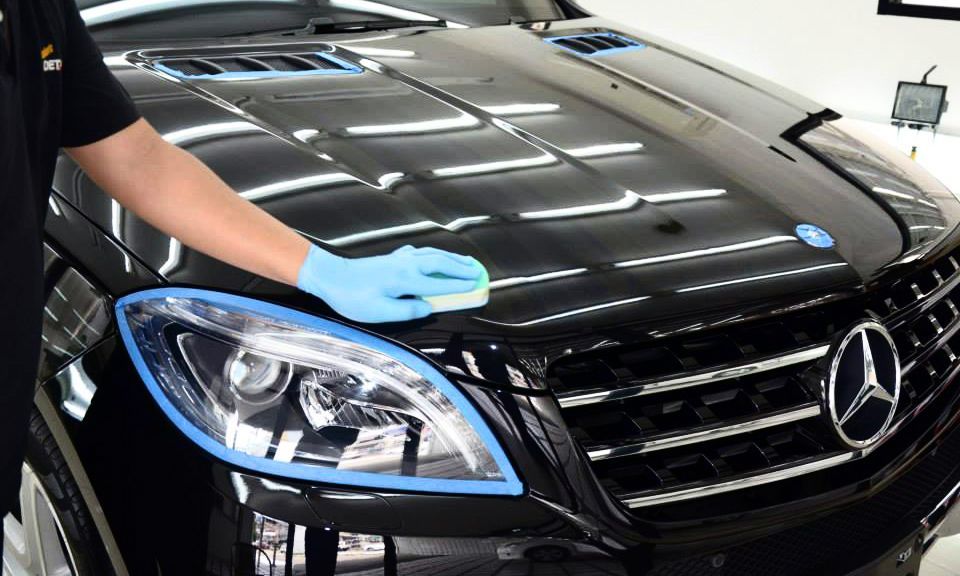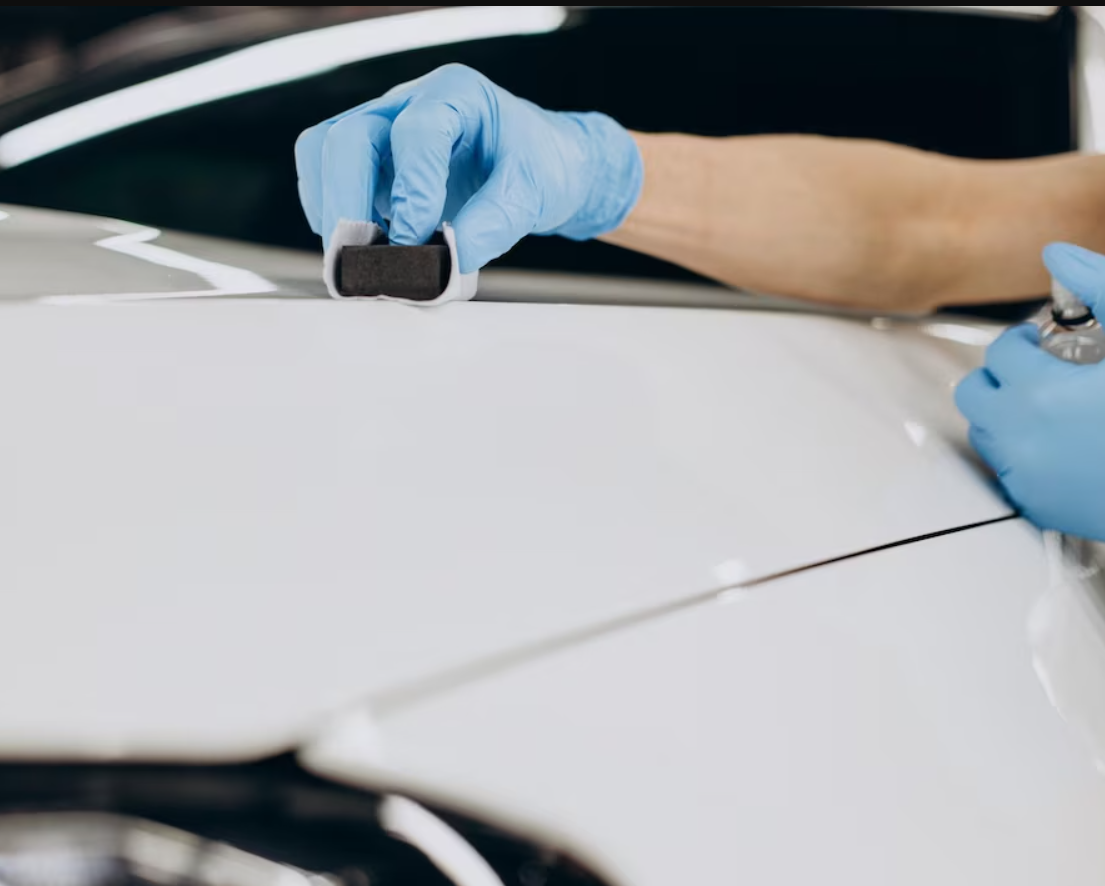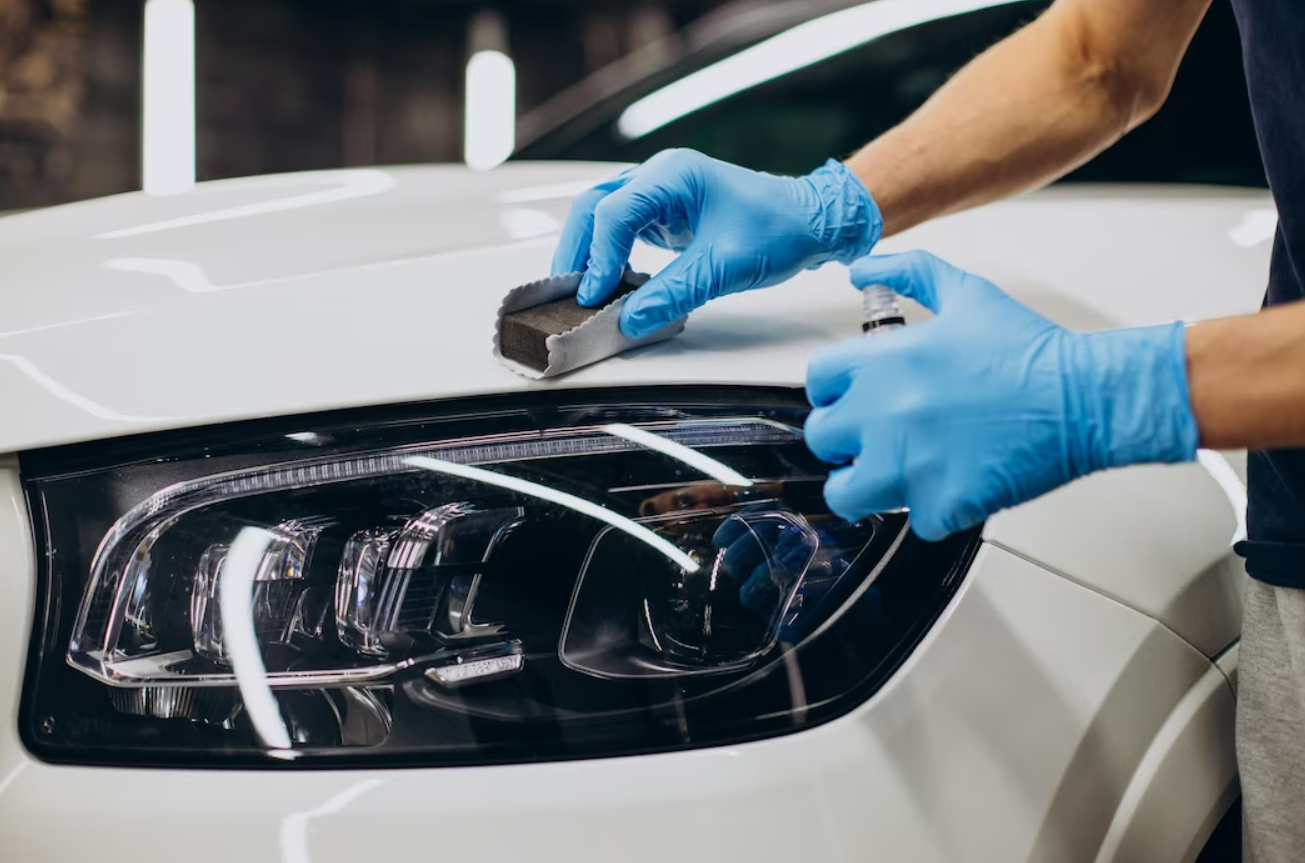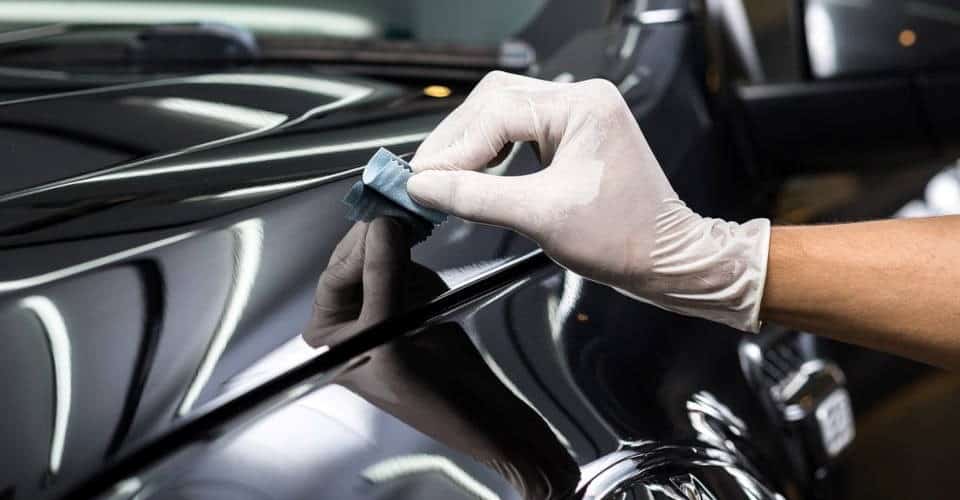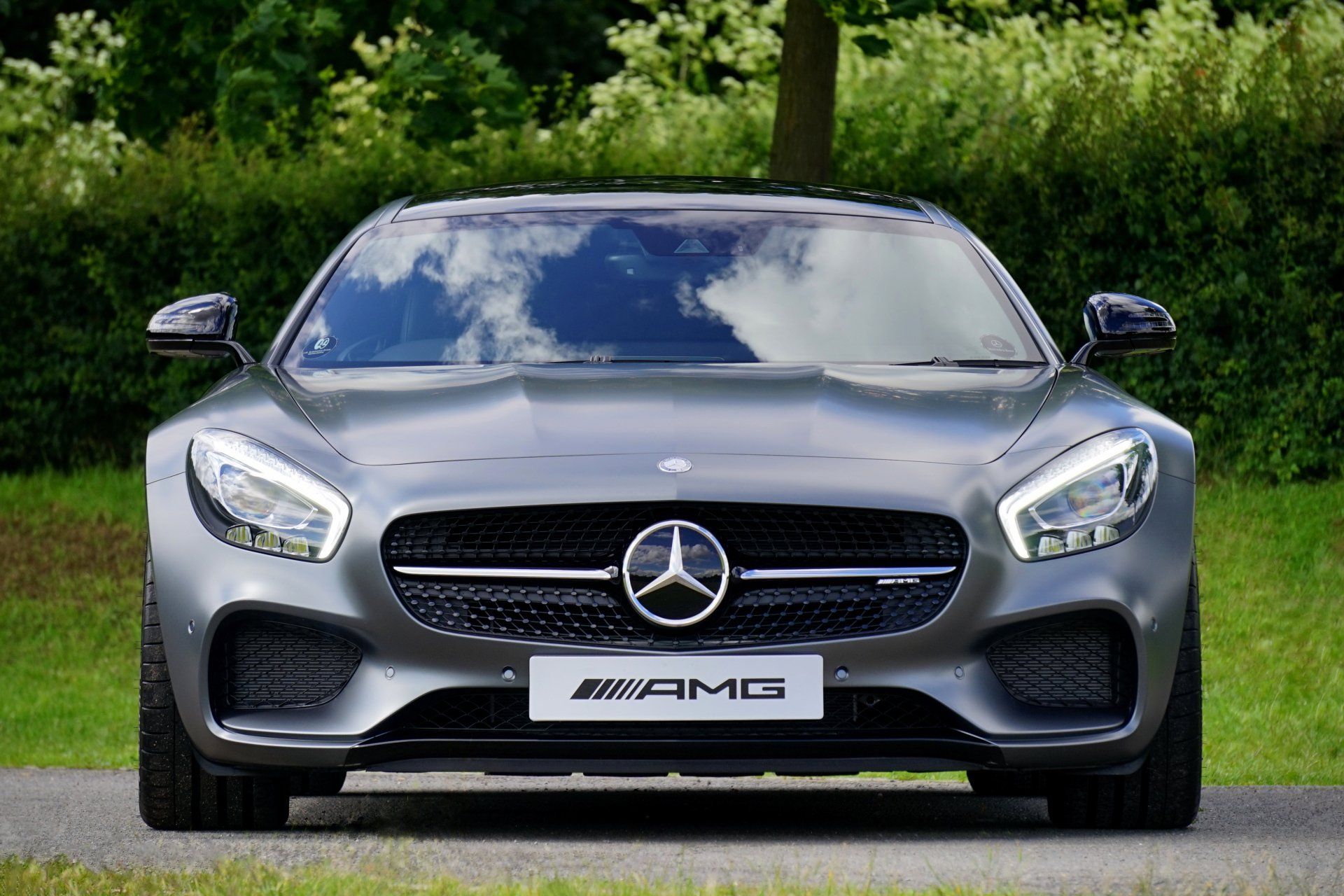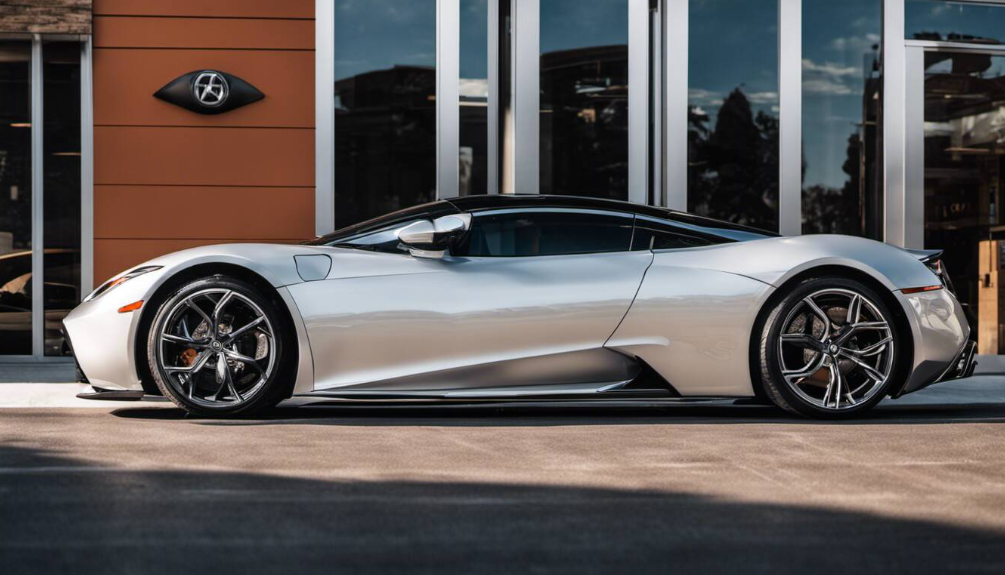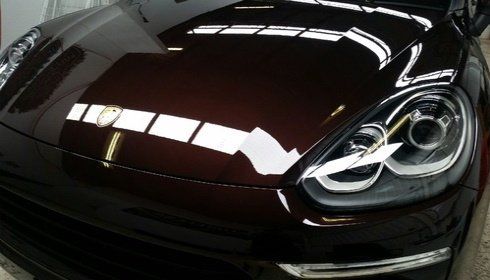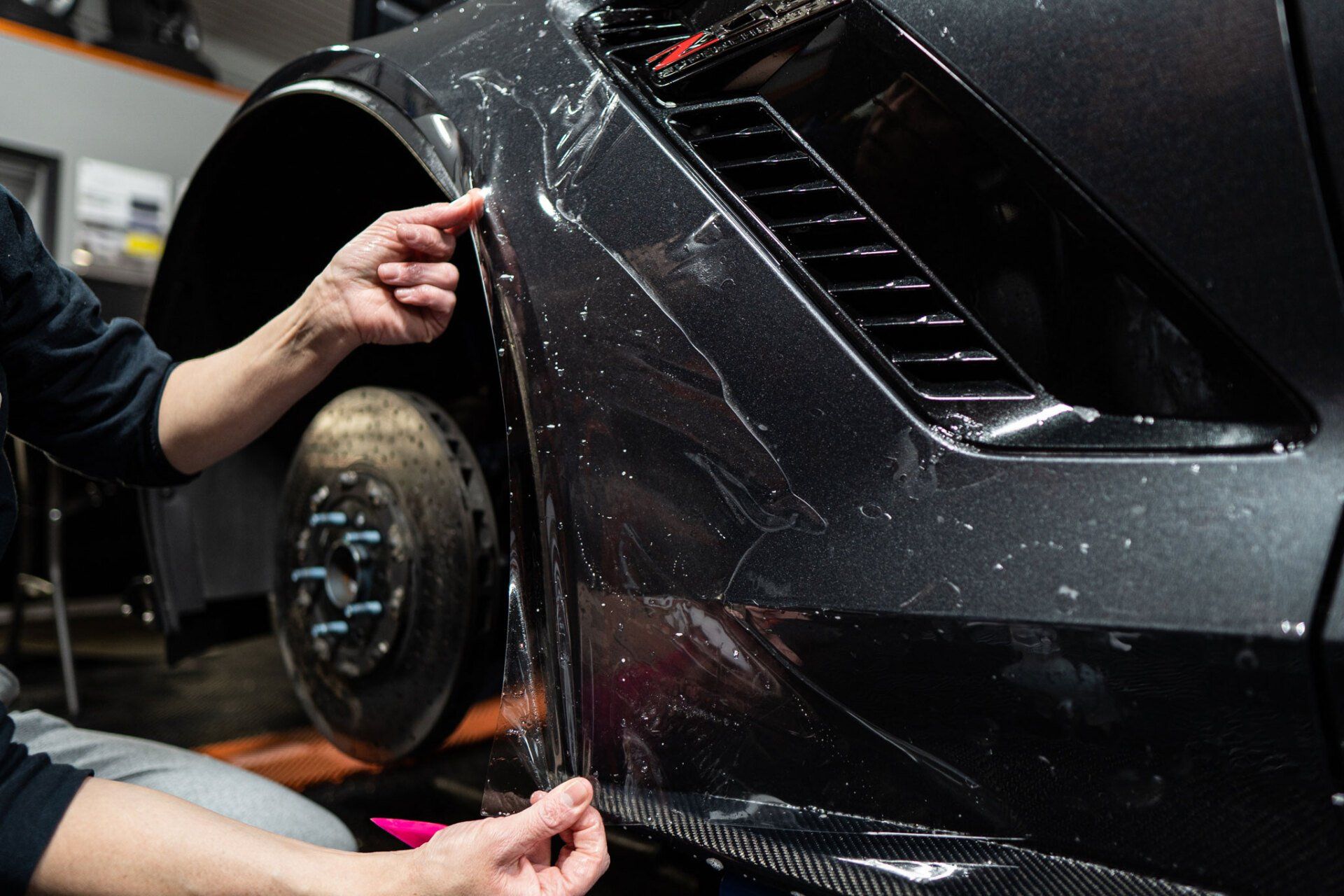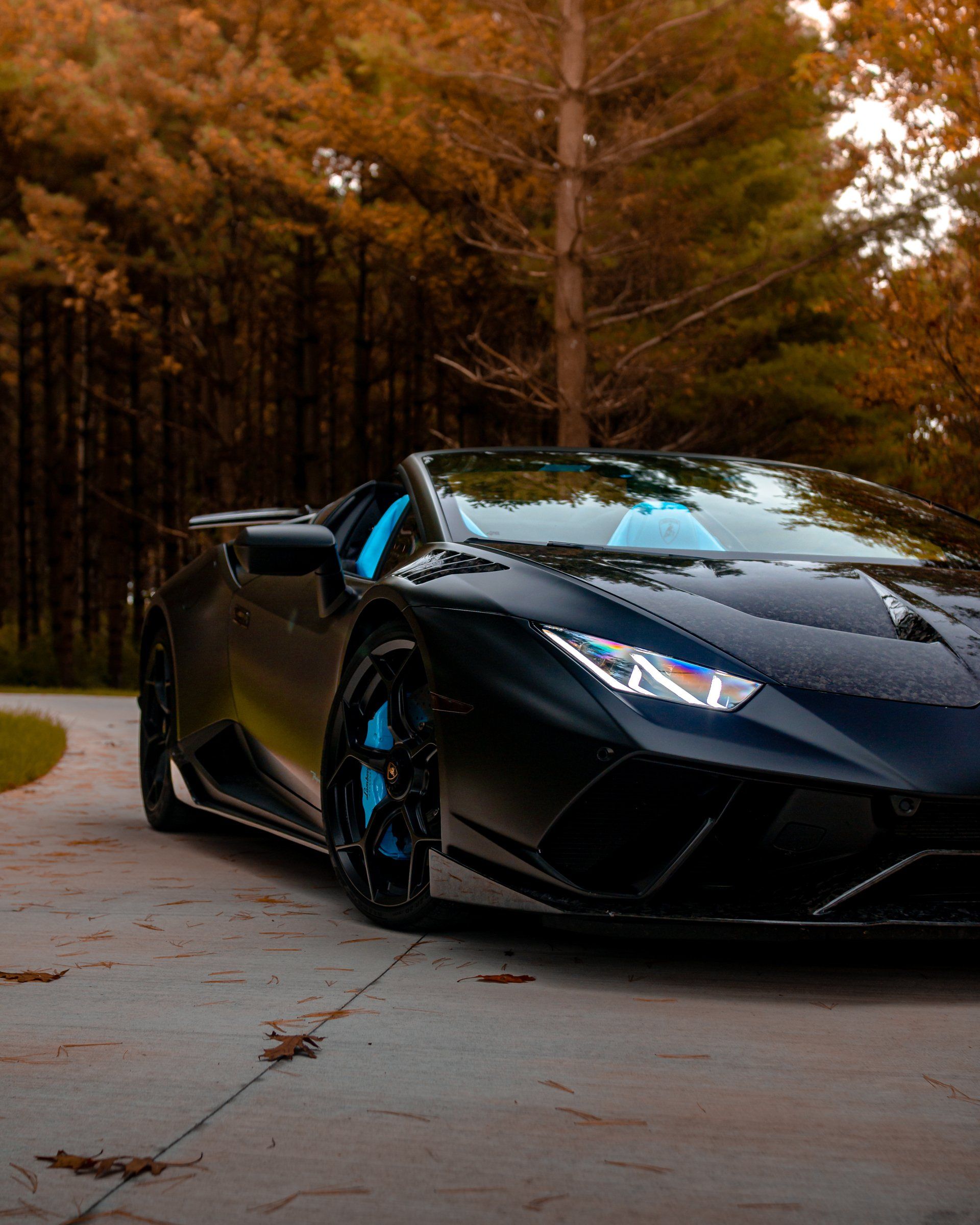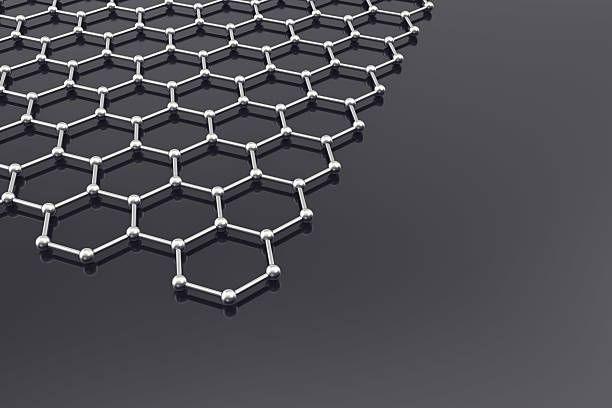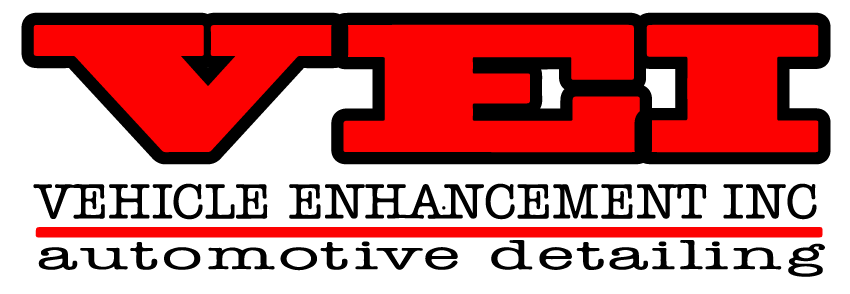Exploring the Lifespan of Ceramic Coating: When to Reapply for Protection and Durability
Ceramic coating's lifespan varies, often lasting several years. This dependable layer acts like a strong shield, guarding your car from harsh conditions like UV rays and chemical stains for years after application. Surprisingly, it even fights against oxidation that can fade your vehicle’s paintwork, maintaining its vibrant look much longer than you might think possible. It's all about timing when pondering when to reapply. You might start to consider a new layer when the glossy sheen seems less bright under the sun’s gaze.
You should consider reapplying ceramic coating to your car when you start noticing dull or less vibrant paint, a loss of water repellency, and reduced hydrophobic properties. Regular maintenance can help extend the lifespan of the coating, but signs of degradation indicate that it may be time for a fresh application to maintain optimal protection and shine.
Advantages of Ceramic Coating
Ceramic coating isn't just a trend; it's proven to be a game-changer in car maintenance. Let's explore its benefits one by one.
- Paint Protection: Imagine giving your car a shield that repels everything from UV rays, nasty chemical stains, and even oxidation that can happen over time. This is what ceramic coating offers: a protective barrier against environmental elements that can cause damage to your car's paintwork. It's like wearing sunscreen at the beach—your car won't get sunburned! This ensures that your car will keep looking new for much longer than cars without this protective layer.
- Enhanced Durability: Ceramic coating works by providing a tough, long-lasting shield against UV rays, dirt and environmental contaminants. It's like giving your car a suit of armor, making it less susceptible to environmental damage during daily use.
- Hydrophobic Properties: A ceramic coating creates a water-repellent surface on your car, making it much easier to clean and maintain its appearance. When water hits the coated surface, it beads up and rolls off rather than sticking around and leaving water spots behind. This means washing your car becomes less of a chore!
- Retention of gloss: We all love that fresh-out-of-the-showroom look our cars have when they're shiny and glossy. Ceramic coating helps to maintain this look by preserving the gloss of the paintwork. With this protective layer in place, you'll find yourself needing to polish your car far less frequently.
Factors that Influence Ceramic Coating Durability
There are a number of factors that affect the ceramic coating's lifespan. Let's dissect them to gain a better understanding of what affects their longevity.
Quality of the Initial Application: Getting the initial application right is essential for ceramic coatings. Every step during the initial coating process, from proper surface preparation to skilled application techniques, plays a crucial role in determining how long the coating will last. If the coating isn't applied correctly and doesn't bond well with the surface, it won't provide the expected level of protection. This means if you're considering applying ceramic coating to your car, for example, it's vital to have a professional or someone with experience carry out the task meticulously. Rushing through or skipping steps in the application can lead to premature failure and negate the benefits of having a ceramic coating altogether.
Environmental Exposure: The environmental conditions to which your vehicle or surface is exposed significantly impact the durability of ceramic coatings. Extreme temperatures, intense UV radiation, and airborne pollutants can all take a toll on the protective layer. For instance, cars parked outside in regions with scorching summers and freezing winters may experience faster deterioration of the coating due to constant stress from temperature changes. Additionally, areas with high pollution levels or industrial fallout can subject coatings to harsher conditions, leading to quicker degradation.
Maintenance Practices: Proper maintenance is crucial for extending the lifespan of ceramic coatings. Using pH-neutral products for cleaning and avoiding harsh chemicals that can erode the coating can significantly enhance the durability of the coating. Regular maintenance routines play a crucial role in preserving the integrity of the protective layer. By utilizing pH-neutral maintenance products and steering clear of aggressive cleaners, you can help maintain the protective properties of the coating.
Prolonging the Life of Your Ceramic Coating
Regular maintenance is crucial to ensuring the longevity of your ceramic coating. Gentle washing is essential to remove dirt and contaminants without compromising the coating's integrity. Using pH-neutral maintenance products and avoiding exposure to harsh conditions, such as direct sunlight and extreme temperatures, are vital for maintaining their protective properties.
In addition to regular maintenance, protective measures can further enhance the lifespan of your ceramic coating. Parking your vehicle in shaded areas shields it from prolonged exposure to UV radiation, which can degrade the coating over time. Moreover, using car covers provides an extra layer of protection, safeguarding the coating from environmental contaminants, debris, and bird droppings. Avoiding abrasive tools during cleaning prevents unnecessary wear and tear on the coating, preserving its smooth and glossy appearance for an extended period.
These safeguards work as proactive measures to reduce potential environmental damage, which increases the ceramic coating's long-term durability. By embracing these practices as integral components of your car care routine, you can secure an extended lifespan for your ceramic coating while ensuring optimal protection against external elements. Incorporating regular maintenance and protective measures is more than just a preventive strategy; it's an investment in the sustained vibrancy and protection of your vehicle's exterior. These simple yet effective practices are essential to maximizing the benefits of ceramic coating while minimizing the need for frequent reapplication.
Indicators of Ceramic Coating Wear and Tear
A high-quality ceramic car coating acts as a protective shield for your vehicle, safeguarding it from environmental damage and preserving its glossy appearance. However, over time, the coating may exhibit signs of wear and tear, signaling the need for a fresh application. Let's dig deeper into these indicators:
- Loss of hydrophobic properties: One unmistakable sign that your ceramic coating requires a refresh is the loss of its hydrophobic properties. This loss causes water to no longer bead off the surface as it once did. Instead of forming tight droplets and rolling off, water begins to spread across the surface, reducing the coating's effectiveness in repelling water and potentially leading to water spots on the paintwork.
- Fading or Dulling of Appearance: Another clear indicator of ceramic coating degradation is a noticeable fading or dulling of the paint's appearance. The initial gloss and vibrancy that defined the coated surface start to diminish, signaling that the protective layer has worn thin. The outer shine begins to lose its luster, and the colors appear less vivid than when the coating was first applied.
- Reduced Smoothness and Texture: As ceramic coatings age, their smoothness and sleek texture may deteriorate. A well-maintained ceramic-coated surface should feel slick to the touch, with contaminants sliding off easily. However, worn-out coatings may result in a loss of smoothness and texture, making the surface less resistant to contaminants such as dirt, grime, and road tar. This reduction in smoothness can make cleaning and maintaining the vehicle more challenging.
It's crucial to be vigilant for these indicators, as they can impact not only the appearance but also the protective capabilities of the ceramic coating. While waiting until visible signs are apparent before considering reapplication might be tempting, regular inspection and assessment will allow you to address potential issues proactively. By recognizing these wear-and-tear signs early on, you can plan for timely reapplication, ensuring that your vehicle remains protected against environmental elements and maintains its aesthetic appeal.
Quality Ceramic Coating Service in Dayton, OH
Revitalize the allure of your vehicle with Vehicle Enhancement Inc., the premier provider of
quality ceramic coating services in Dayton, OH. Our experts are dedicated to delivering unparalleled protection and aesthetic enhancement for your prized possession. Utilizing industry-leading ceramic coating technology, we ensure a resilient shield against the elements, UV rays, and contaminants, preserving your vehicle's finish for the long haul. Experience the transformative power of our quality craftsmanship, where attention to detail meets lasting results. Elevate your driving experience and invest in the longevity and brilliance of your vehicle's appearance. Choose Vehicle Enhancement Inc. for top-tier ceramic coating services that redefine automotive care!
